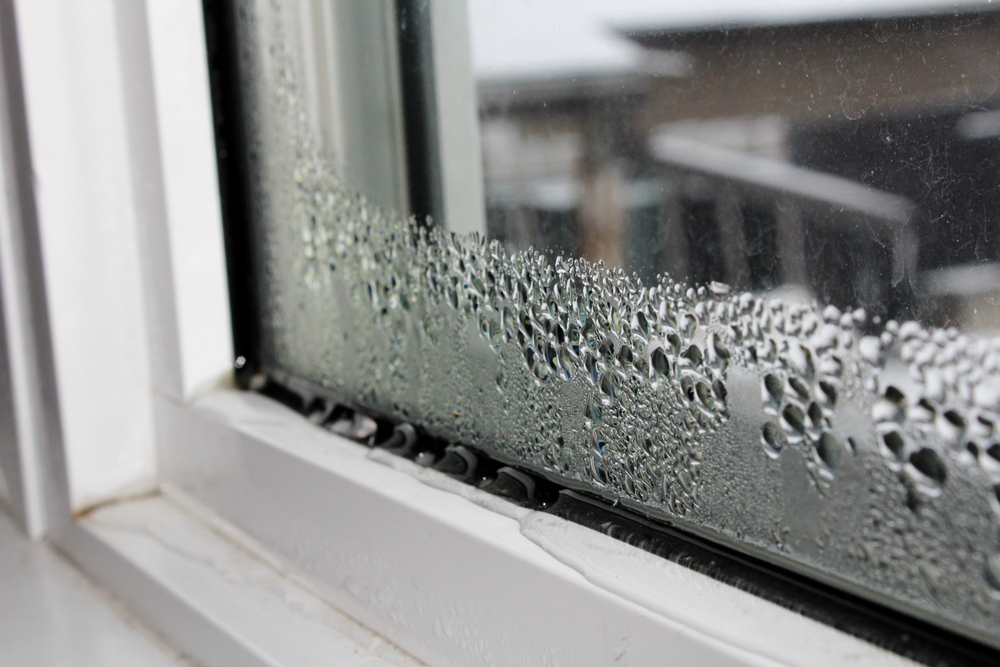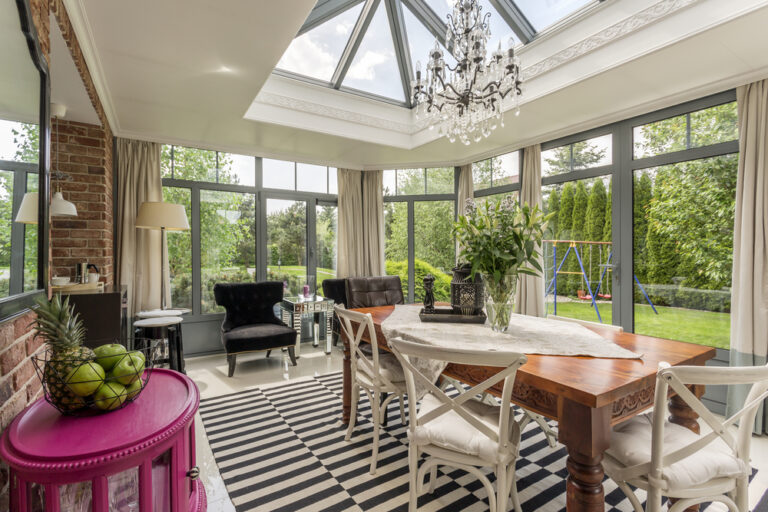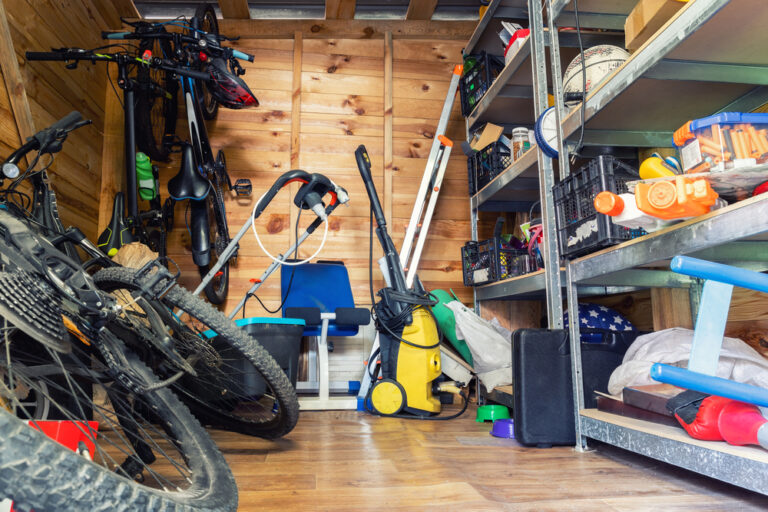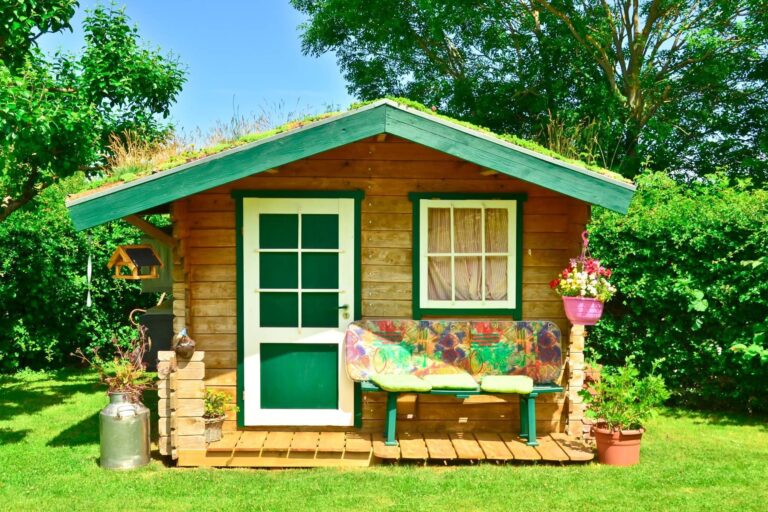Sorting out damp issues in a property might not be top of your list of priorities to sort out this year, however, there are several reasons why it should be – especially if you are buying or selling a property.
Having damp problems in a property can cause serious damage to a building’s infrastructure. Before any form of damp proofing can be carried out one of the most important aspects in the damp proofing process has to be done – namely correctly identifying the type of damp issue that is present in the property.
There are a number of the damp issues that can affect properties from rising damp to penetrating damp. The most common cause of dampness is usually as a result of poor developed building work or a lack of routine maintenance which can lead to leaks.
Coming up, we’ll share the three different types of damp with tips on how to fix them.
What is rising damp and how it can be treated?
Rising damp is an issue that can affect any building but it is a particular problem in older buildings. This form of dampness usually occurs as a result of having a damaged damp proof course (DPC) however, other causes may be as simple as a driveway or path with a raised ground level which has breached the damp proof course.
The signs to look for when identifying rising damp include horizontal brown or discoloured marks which will be damp to touch. There may also be mould on the walls. Another visible sign is that plaster will bubble and peel away from the interior walls.
How to treat rising damp
An effective way of treating rising damp in your property is the injection of a damp proofing cream to form a barrier to dampness. Modern damp proofing creams are water based products that are used on a variety of different property types including those with old brick and stonework as well as granite boulder walls.
A second way of preventing rising damp is through the use of injection mortar. This is a damp proofing agent that is carried into the porous mortar beds and rubble by the rising damp where it crystallises to form an impermeable barrier to control the subsequent rise of water.
What is penetrating damp and how it can be treated?
Penetrating damp can cause serious damage to your property if not treated correctly. The main cause of penetrating dampness is poor external defects. Penetrating damp is the process of moisture being built up horizontally through the walls of the building. It can also lead to further timber decay problems in the future such as dry rot and wet rot.
When there is rainfall the rainwater ordinarily evaporates out of the brickwork, however, during periods of heavy rainfall or where there are poor external rainwater goods the rain water fails to evaporate and is eventually passed through the inner surface of the wall to create an internal damp issue.
How to treat penetrating damp?
There are a number solutions that can be used to treat penetrating damp such as a masonry protection treatment which penetrates deeply into the masonry before curing to form a water repellent barrier. Fixing any defective rainwater disposal goods is also key to stopping penetrating damp from re-occurring.
What is condensation and how it can be treated?
Condensation is one of the most common forms of damp in the UK. Condensation occurs when the warm moisture laden air becomes saturated with water and comes into contact with a cooler surface.
The main area to target when treating condensation is to control the sources of the moisture in the air. Normal day to day living activities such as (washing, cooking and bathing) are the main cause for high moisture content in the air. Reasons for this are largely down to the blocking of air vents, double glazing, draught exclusion all of which restrict the air flow.
How to treat condensation
Improving the ventilation within the property one of the best courses of action is to add mechanical ventilation in the form of fans. These should be added to areas that have the most moisture laden air – for example kitchen and bathrooms.
Simple adjustments in lifestyle can also help ease condensation. For example not overfilling rooms with lots of furniture as this will reduce the amount of air that can pass through the rooms.
Showers and having your kettle on will also add to the moisture levels in a property. Simply by opening windows or doors you can improve ventilation within the property to help alleviate the symptoms of condensation.
For tips on how to protect your home for winter, take a look at our home improvement guides.







